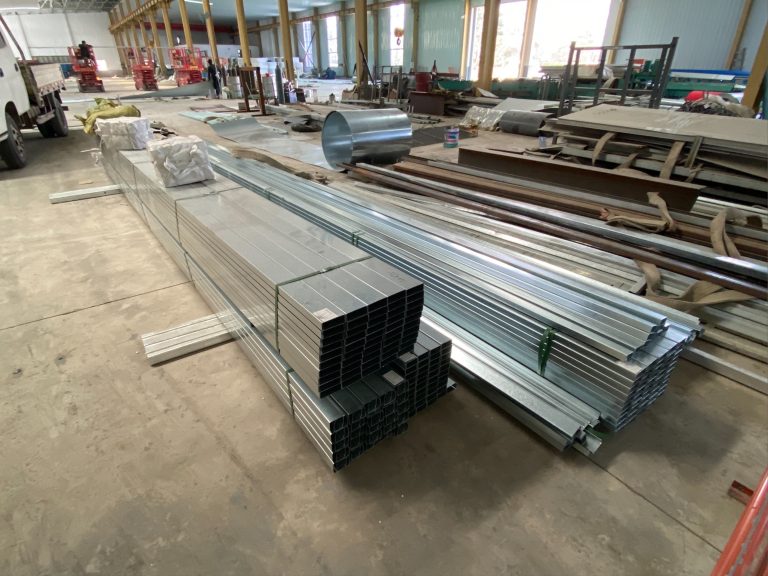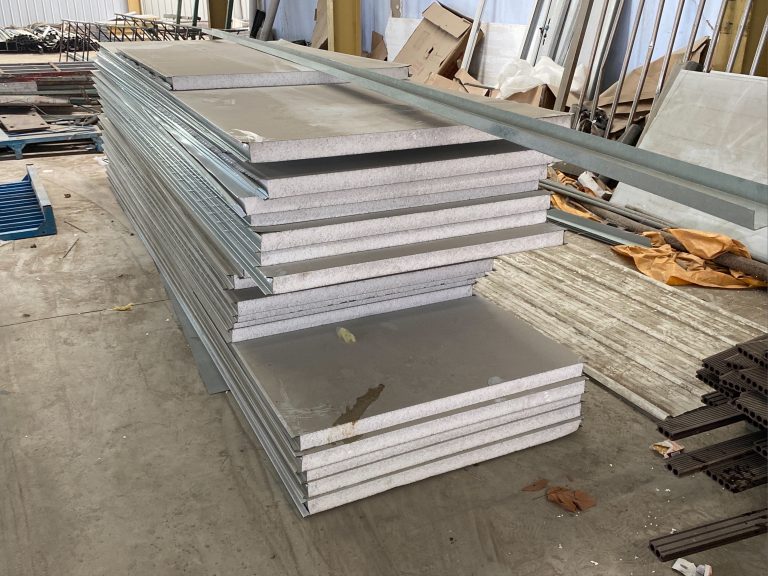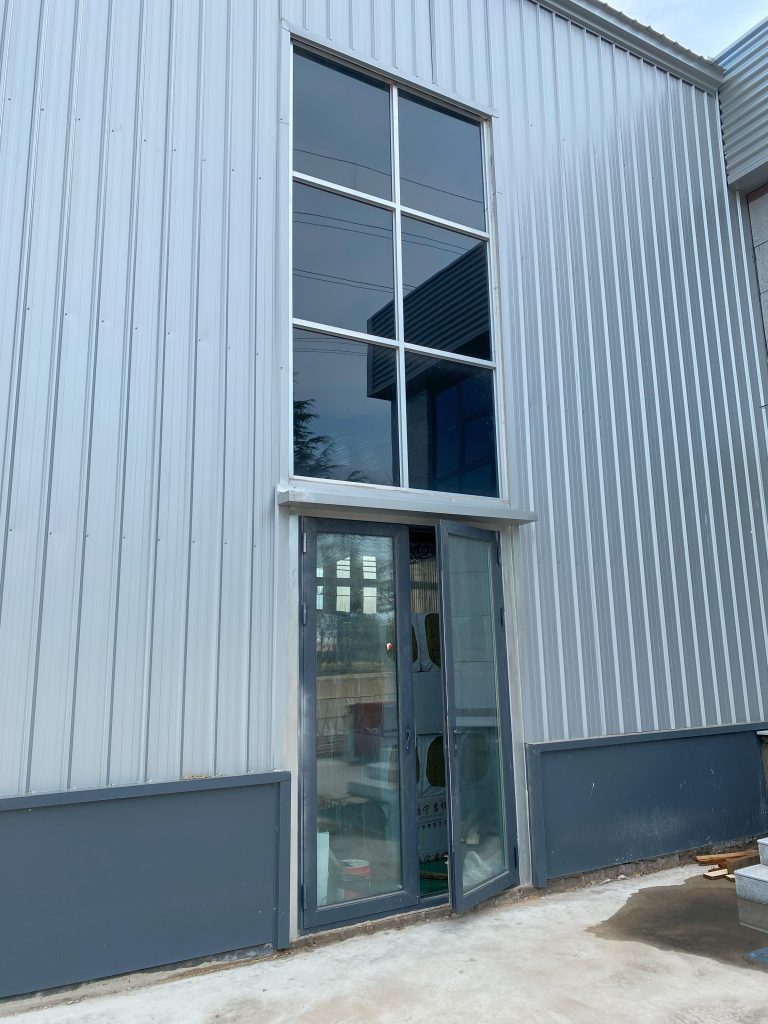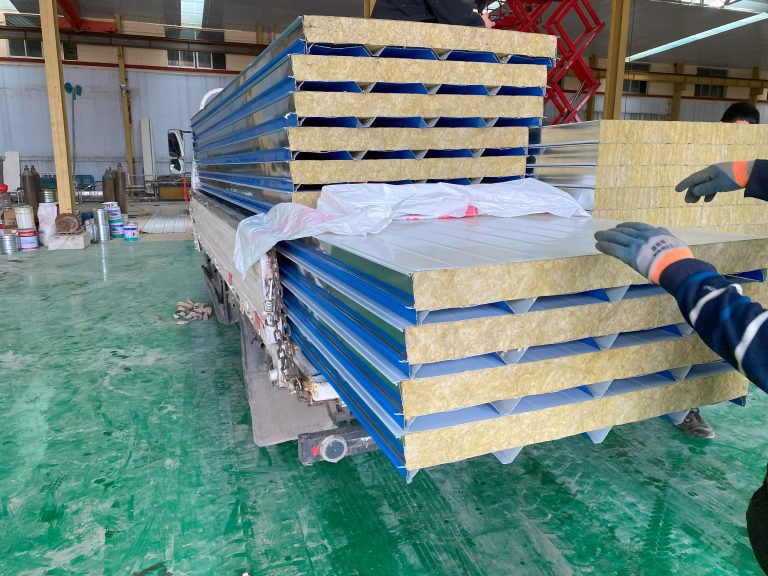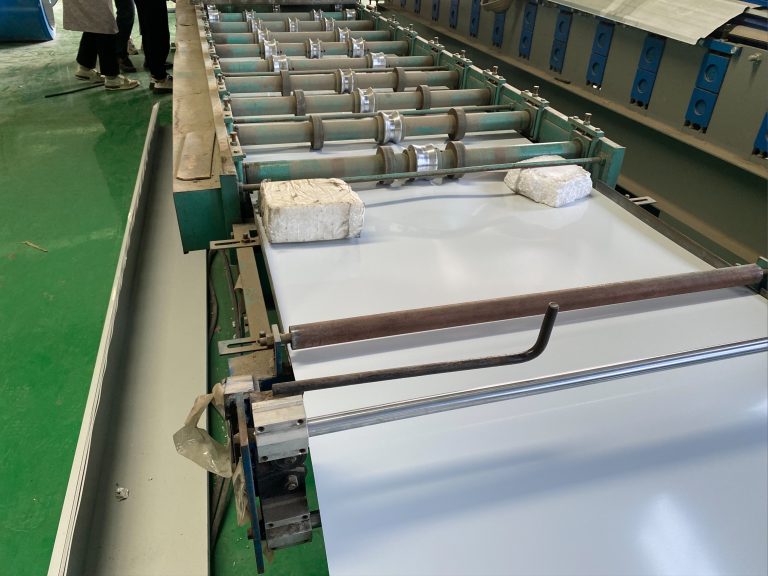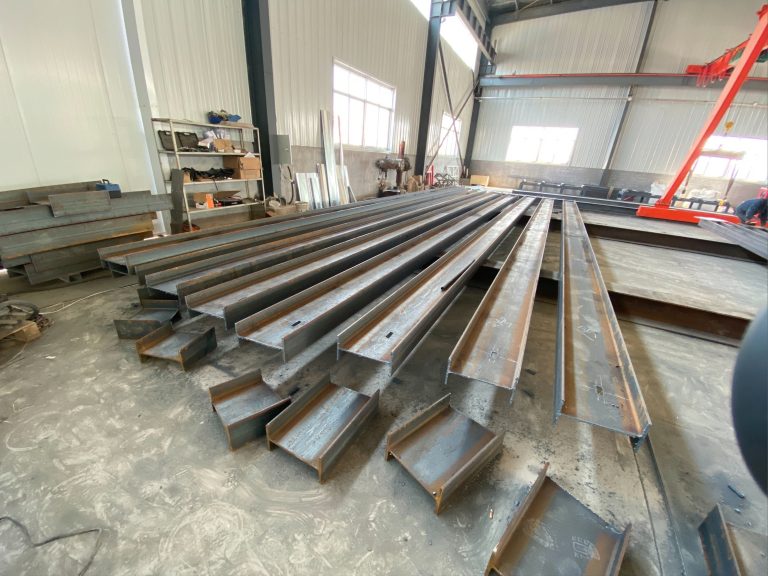Experimental analysis and evaluation of the influence of sand blasting on the surface quality of steel frame materials
Table of Contents
Surface Quality Improvement of Steel Frame Materials through Sand Blasting Techniques
Steel frame materials are commonly used in various industries due to their strength, durability, and versatility. However, the surface quality of steel frame materials can greatly impact their performance and longevity. One method that is often used to improve the surface quality of steel frame materials is sand blasting. Sand blasting is a process in which abrasive materials are propelled at high speeds onto the surface of a material to remove contaminants, rust, and other imperfections. In this article, we will discuss the experimental analysis and evaluation of the influence of sand blasting on the surface quality of steel frame materials.
To begin with, it is important to understand the factors that can affect the surface quality of steel frame materials. Contaminants such as dirt, grease, and rust can accumulate on the surface of steel frame materials over time, leading to corrosion and degradation. In addition, imperfections such as rough spots and uneven surfaces can impact the structural integrity of steel frame materials. Sand blasting is a highly effective method for removing these contaminants and imperfections, resulting in a smoother, cleaner surface.
In our experimental analysis, we conducted a series of tests to evaluate the influence of sand blasting on the surface quality of steel frame materials. We selected a sample of steel frame materials with varying levels of contamination and imperfections, and subjected them to different sand blasting techniques. The samples were then analyzed using various methods, including visual inspection, surface roughness measurements, and corrosion testing.
Our results showed that sand blasting significantly improved the surface quality of the steel frame materials. The abrasive materials effectively removed contaminants and imperfections, resulting in a smoother and cleaner surface. In addition, the surface roughness measurements indicated that sand blasting reduced rough spots and uneven surfaces, leading to a more uniform surface finish. Furthermore, the corrosion testing showed that sand blasting removed rust and other corrosive elements, helping to prevent future corrosion and degradation.
Overall, our experimental analysis demonstrated that sand blasting is a highly effective method for improving the surface quality of steel frame materials. By removing contaminants, imperfections, and corrosion, sand blasting can enhance the performance and longevity of steel frame materials. In addition, the process is relatively quick and cost-effective, making it a practical solution for industries that rely on steel frame materials for their operations.
In conclusion, the influence of sand blasting on the surface quality of steel frame materials is significant. Our experimental analysis showed that sand blasting can effectively remove contaminants, imperfections, and corrosion, resulting in a smoother, cleaner, and more uniform surface finish. Industries that use steel frame materials can benefit from incorporating sand blasting into their maintenance and repair processes to improve the performance and longevity of their materials. Sand blasting is a proven method for enhancing the surface quality of steel frame materials, and its effectiveness has been demonstrated through our experimental analysis.
Impact of Sand Blasting on the Durability and Corrosion Resistance of Steel Frame Materials
Steel frame materials are commonly used in various industries due to their strength, durability, and versatility. However, the surface quality of steel frames can deteriorate over time due to factors such as corrosion, wear, and environmental exposure. Sand blasting is a common surface treatment method used to improve the surface quality of steel frames by removing contaminants, rust, and old coatings. In this article, we will discuss the experimental analysis and evaluation of the influence of sand blasting on the surface quality of steel frame materials.
Sand blasting is a process that involves propelling abrasive particles at high velocity onto the surface of a material to remove contaminants and improve surface roughness. The abrasive particles used in sand blasting can vary in size and material, depending on the desired surface finish. In the case of steel frame materials, sand blasting is often used to remove rust, scale, and old coatings to prepare the surface for painting or coating.
To evaluate the influence of sand blasting on the surface quality of steel frame materials, a series of experiments were conducted using different blasting parameters and abrasive materials. The surface roughness, cleanliness, and adhesion strength of the blasted surfaces were analyzed using various techniques such as profilometry, scanning electron microscopy, and pull-off tests.
The results of the experiments showed that the surface roughness of the steel frame materials increased significantly after sand blasting, indicating that the process effectively removed contaminants and improved surface cleanliness. The adhesion strength of the coatings applied to the blasted surfaces also increased, suggesting that sand blasting enhanced the bonding between the coating and the steel substrate.
In addition to improving surface quality, sand blasting also has a positive impact on the durability and corrosion resistance of steel frame materials. By removing contaminants and old coatings, sand blasting helps to expose fresh, clean metal surfaces that are more resistant to corrosion. This can significantly extend the service life of steel frame materials in harsh environments.
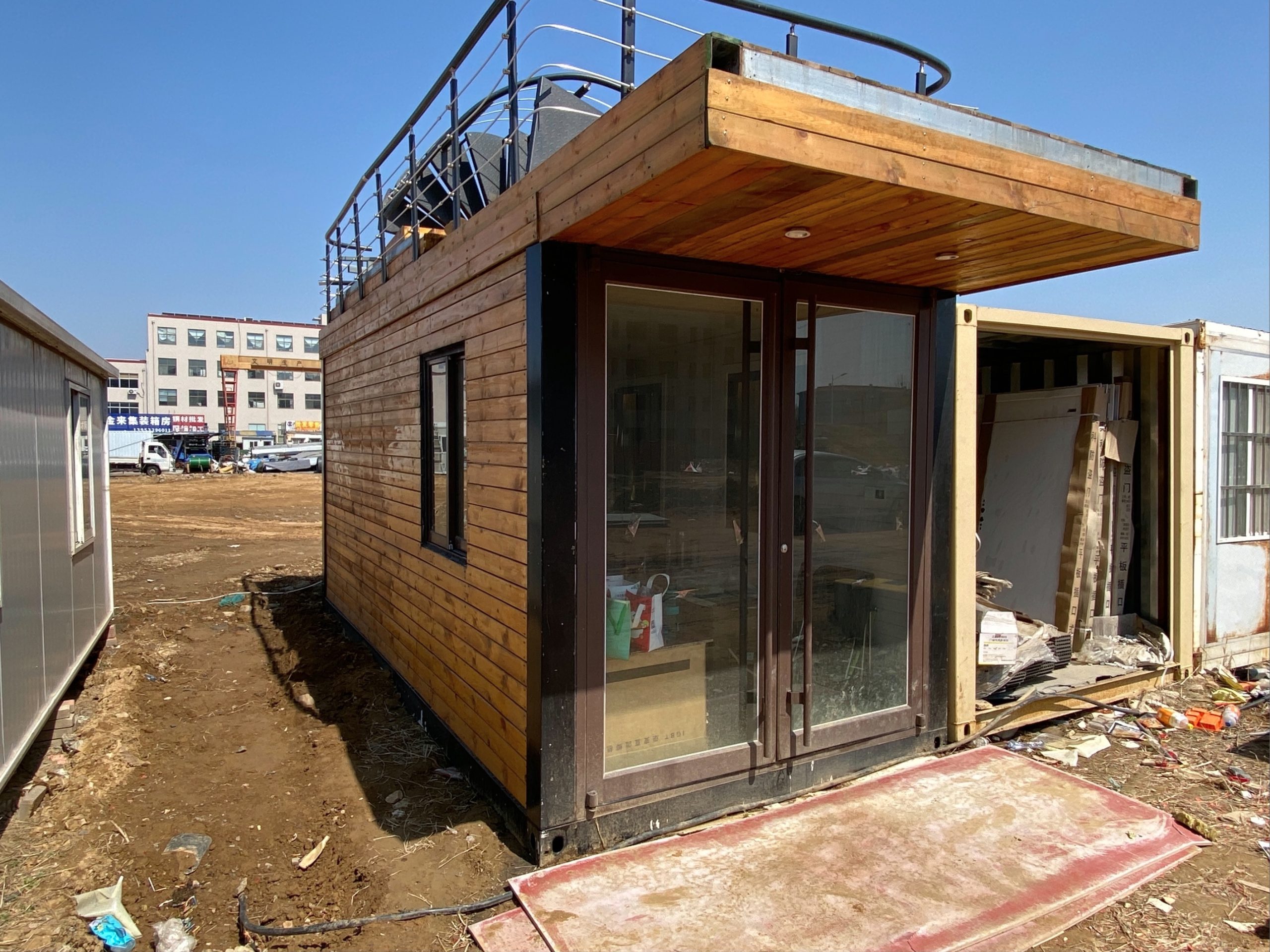
Furthermore, the roughened surface created by sand blasting provides a better bonding surface for coatings and paints, improving their adhesion and durability. This can help prevent premature coating failure and reduce maintenance costs associated with reapplication of coatings.
Overall, the experimental analysis and evaluation of the influence of sand blasting on the surface quality of steel frame materials demonstrate the effectiveness of this surface treatment method in improving durability, corrosion resistance, and coating adhesion. By removing contaminants, rust, and old coatings, sand blasting helps to prepare steel frame materials for painting or coating, resulting in a higher quality finish and extended service life.
In conclusion, sand blasting is a valuable surface treatment method for improving the surface quality of steel frame materials. Its ability to remove contaminants, improve surface roughness, and enhance coating adhesion makes it an essential step in the fabrication and maintenance of steel structures. Further research and development in this area can help optimize sand blasting parameters and techniques for even greater improvements in surface quality and performance of steel frame materials.

